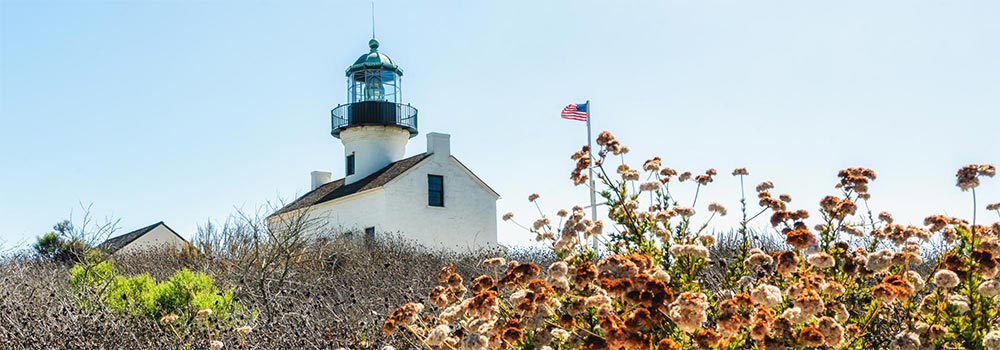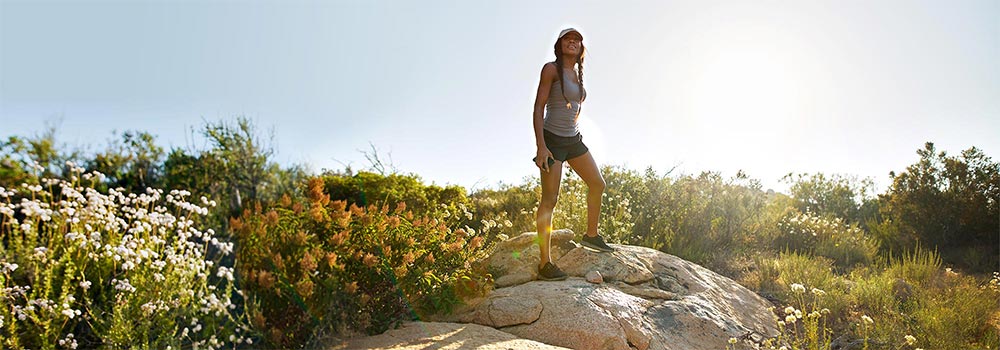
Cabrillo National Monument
About Cabrillo National Monument
Cabrillo National Monument is the only National Park in San Diego. Visitors can explore the tidepools and Point Loma Lighthouse and learn the history of Juan Rodriguez Cabrillo. Our favorite times to visit are during the months of January and February when whales can occasionally be seen from shore. Bring some binoculars to get a better look. To visit the tide pools make sure you go during the lowest tide possible and check at the visitor center before you set out. The entrance fee is $20 per vehicle and is good for seven days.
17 miles from SDSU Main Campus
127 miles from SDSU Imperial Valley Campus

Land Acknowledgement
As you recreate responsibly in these areas we ask that you acknowledge the land that you are on is the traditional territory and homelands of indigenous people. Much of the central, southern, and east San Diego County is Kumeyaay territory; while most of North County is Luiseño and Payómkawichum traditional homelands. The surrounding areas include land of the Cahuilla, Cupeño, Acjachemen, Kizh, and Tongva people to the north, the Cocopah people to the east, and Paipai people to the south.
For more information on Land Acknowledgements, visit the Native Governance Center. To learn more about native land in your area, visit Native Land. To read San Diego State Universities Land Acknowledgement please visit The Division of Student Affairs and Campus Diversity: Tribal Liaison.
We stand upon a land that carries the footsteps of millennia of Kumeyaay people. They are a people whose traditional lifeways intertwine with a worldview of earth and sky in a community of living beings. This land is part of a relationship that has nourished, healed, protected and embraced the Kumeyaay people to the present day. It is part of a world view founded in the harmony of the cycles of the sky and balance in the forces of life. For the Kumeyaay, red and black represent the balance of those forces that provide for harmony within our bodies as well as the world around us. As students, faculty, staff and alumni of San Diego State University we acknowledge this legacy from the Kumeyaay. We promote this balance in life as we pursue our goals of knowledge and understanding. We find inspiration in the Kumeyaay spirit to open our minds and hearts. It is the legacy of the red and black. It is the land of the Kumeyaay.
For millennia, the Kumeyaay people have been a part of this land. This land has nourished, healed, protected and embraced them for many generations in a relationship of balance and harmony. As members of the San Diego State community we acknowledge this legacy. We promote this balance and harmony. We find inspiration from this land; the land of the Kumeyaay.

